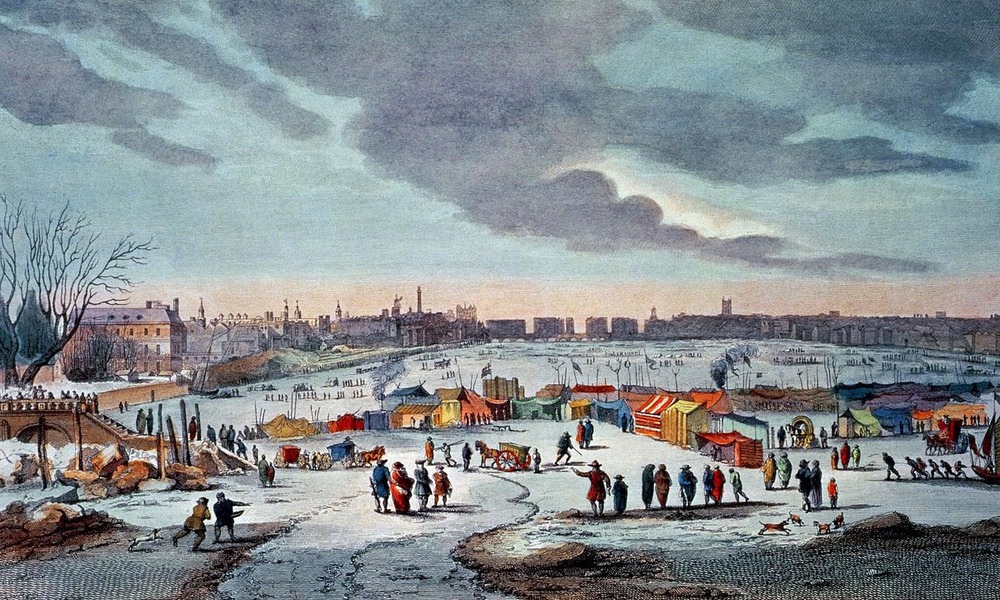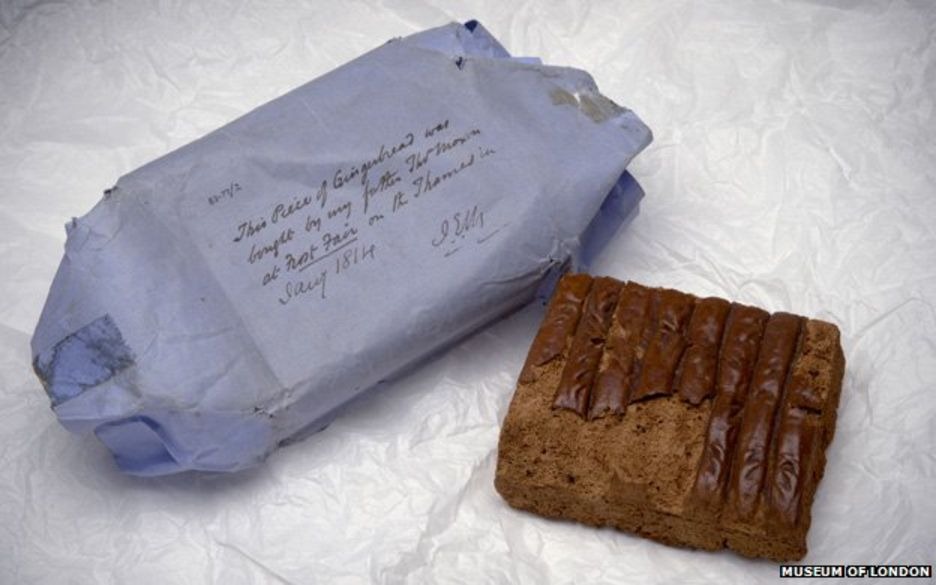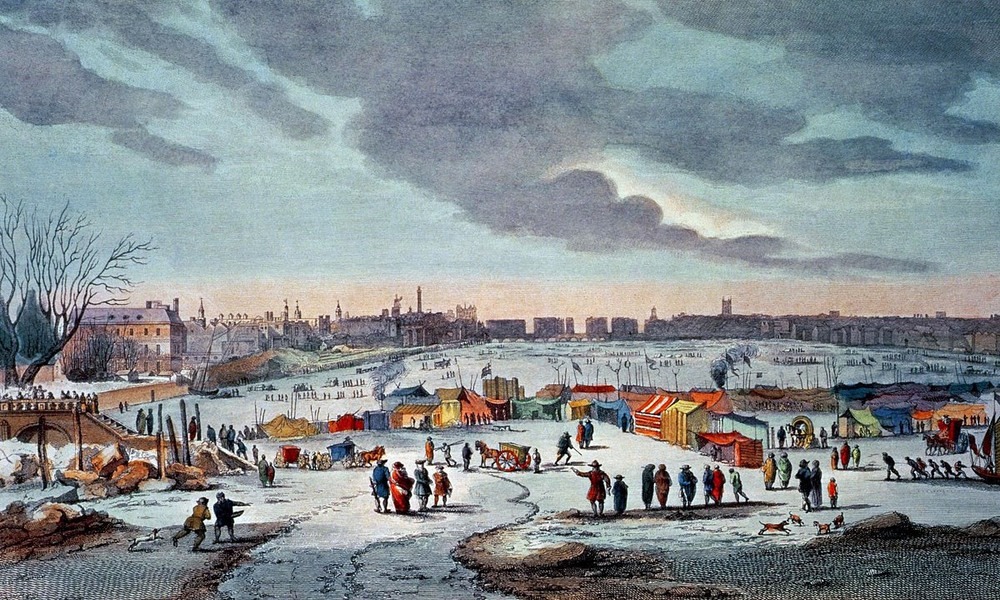In the Swiss Alps, encroaching glaciers destroyed farmland and villages. Canals and rivers in Great Britain and the Netherlands froze over, impeding shipping. Much of Greenland was cut off by sea ice for three hundred years. Harvests failed, and many of Greenland's Norse colonies starved and disappeared.

As famine and death became common across Europe, people began to think of "taking advantage" of the cold weather and frozen rivers to play outdoor winter sports, ice skating also became a popular pastime.
In London, even the mighty River Thames froze. According to historical records, from the 17th to the early 19th century, the River Thames froze more than 20 times. The worst time in British history was in the winter of 1683-1684, when the River Thames froze completely for 2 months.

For Londoners, the freezing of the river was a cause for celebration. As soon as the ice was thick enough to support the weight, vendors rushed to set up tents, selling everything from souvenirs, food to haircuts. One even set up a printing press on the ice and published a 124-page book. Activities and entertainment at the fair included horse training and racing, puppet shows, sledding, bowling, etc. Records of the fair show that in 1683-1684, people also held a party with a castrated bull roasting on a large fire as the centerpiece. Even the Royal Family, King Charles and the Queen, participated in the fair in general and the roast beef event mentioned above.

Illustration of the frozen River Thames in 1683

Illustration of the frozen River Thames in 1684
Thames fairs were short-lived, lasting only a few days. For some reason they were usually held towards the end of winter, before the ice began to melt.
During a fair in 1739, an iceberg collapsed, swallowing tents and people. In January 1789, the ice melted so quickly that it dragged a ship anchored to a riverside house, bringing the building down with it, crushing five people to death.

In the 1800s, the climate warmed and winters were no longer so cold. The Thames still froze, but it was no longer suitable for fairs. The last fair was in 1814, when thousands gathered to watch a full-grown elephant walk across the frozen river.
The demolition of the old London Bridge in 1831 and the construction of a new one also contributed to the thawing of the Thames. The medieval London Bridge and its piers were quite tightly connected. During the winter, ice would cling to the piers, blocking the flow and making the river more susceptible to freezing. With the new Thames Dam in place, the river flowed more freely, and the days of the frozen Thames were history.

Most of the souvenirs sold at fairs, such as trinkets and toys, were labeled “bought on the Thames” and sold for double or even triple the original price. This is a piece of gingerbread sold on the Thames.
Ngoc Anh (According to AmusingPlanet)


































